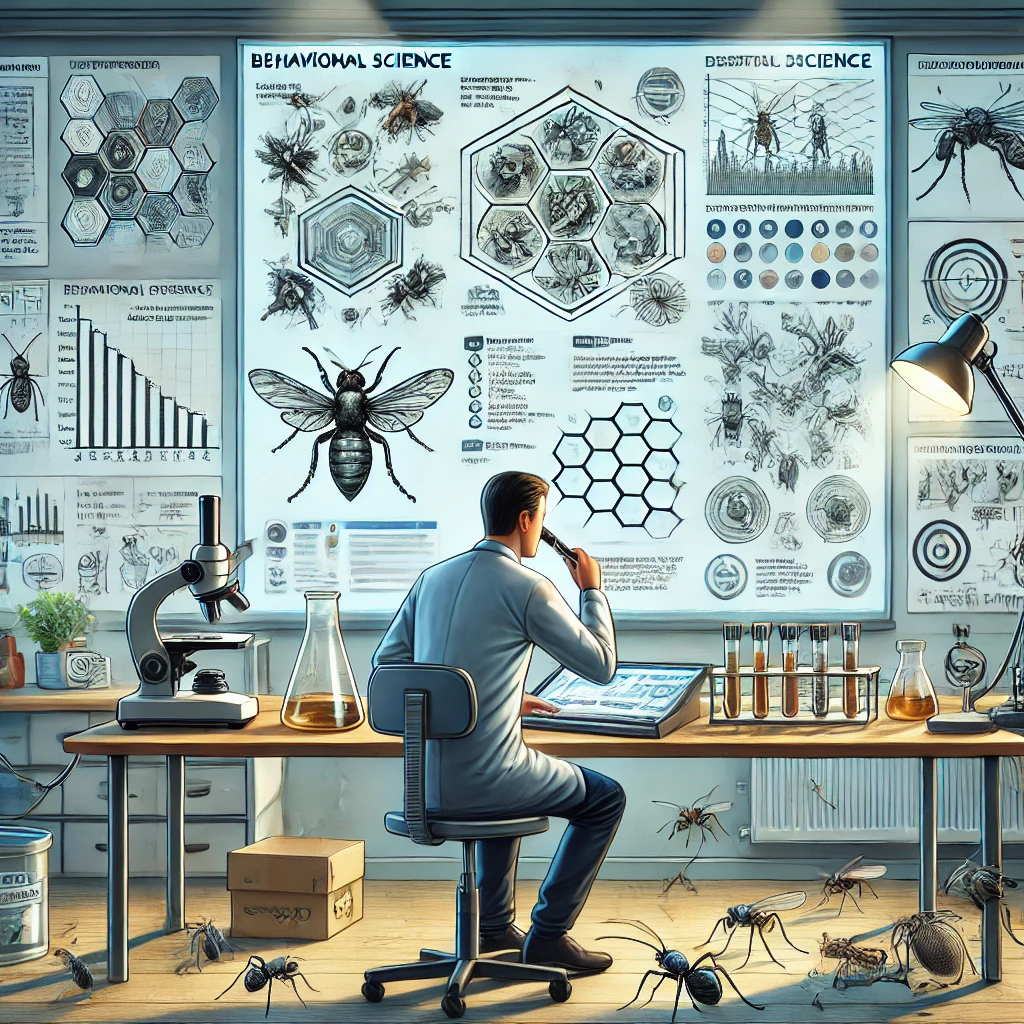
Introduction
Behavioral science plays a crucial role in pest management by providing insights into the behaviors of pests and how these can be manipulated for more effective control. Understanding pest behavior allows for the development of targeted strategies that reduce reliance on chemical pesticides, minimize environmental impact, and improve the overall effectiveness of pest management efforts. This essay explores the importance of behavioral science in pest management and how it can be applied to enhance control strategies.
Understanding Pest Behavior
Pest behavior is influenced by various factors, including environmental conditions, availability of food and shelter, and interactions with other species. By studying these behaviors, scientists can identify patterns and triggers that influence pest activity. For example, many pests are attracted to specific stimuli, such as light, odor, or temperature, which can be used to develop targeted control measures. Additionally, understanding the social behaviors of pests, such as aggregation or mating habits, provides opportunities to disrupt their life cycles and reduce populations effectively.
Applications of Behavioral Science in Pest Control
Behavioral science has several applications in pest control. One common application is the use of pheromones to manipulate pest behavior. Pheromones are chemical signals that pests use to communicate, and they can be synthesized and deployed to lure pests into traps or disrupt their mating behaviors. Another application is the use of visual or auditory cues to attract or repel pests. For instance, certain colors or sounds can deter pests from entering specific areas, reducing the need for chemical treatments. Behavioral science also informs the design of bait stations and traps, ensuring they are more effective at capturing target pests.
Reducing Reliance on Chemical Pesticides
By leveraging behavioral science, pest management strategies can reduce reliance on chemical pesticides, which often have adverse effects on non-target species and the environment. Behavioral approaches, such as pheromone traps or repellents, are more species-specific, minimizing harm to beneficial insects and other wildlife. Additionally, these methods can be integrated into broader Integrated Pest Management (IPM) programs, which combine multiple strategies to achieve long-term pest control with minimal environmental impact.
Challenges and Limitations
While behavioral science offers valuable tools for pest management, it also presents challenges and limitations. Pests may adapt to behavioral control methods over time, reducing their effectiveness. Additionally, understanding pest behavior requires extensive research and can vary significantly between species and environments, necessitating tailored approaches. Environmental factors, such as changes in climate or habitat, can also influence pest behavior, complicating control efforts. Ongoing research and adaptation are necessary to address these challenges and refine behavioral strategies.
Future Directions in Behavioral Pest Management
The future of behavioral pest management lies in continued research and innovation. Advances in technology, such as automated monitoring systems and AI-driven analysis, will enhance the ability to study and predict pest behaviors in real-time. Developing more effective pheromones, visual cues, and repellents based on an in-depth understanding of pest biology will also improve control measures. Collaboration between behavioral scientists, ecologists, and pest management professionals will be essential in developing integrated strategies that are both effective and sustainable.
Conclusion
Behavioral science is a powerful tool in pest management, providing insights that can lead to more effective and sustainable control strategies. By understanding pest behaviors and applying this knowledge to develop targeted interventions, pest management can become more precise, reduce reliance on harmful chemicals, and better protect ecosystems. As research continues to advance, behavioral science will play an increasingly vital role in shaping the future of pest management.

